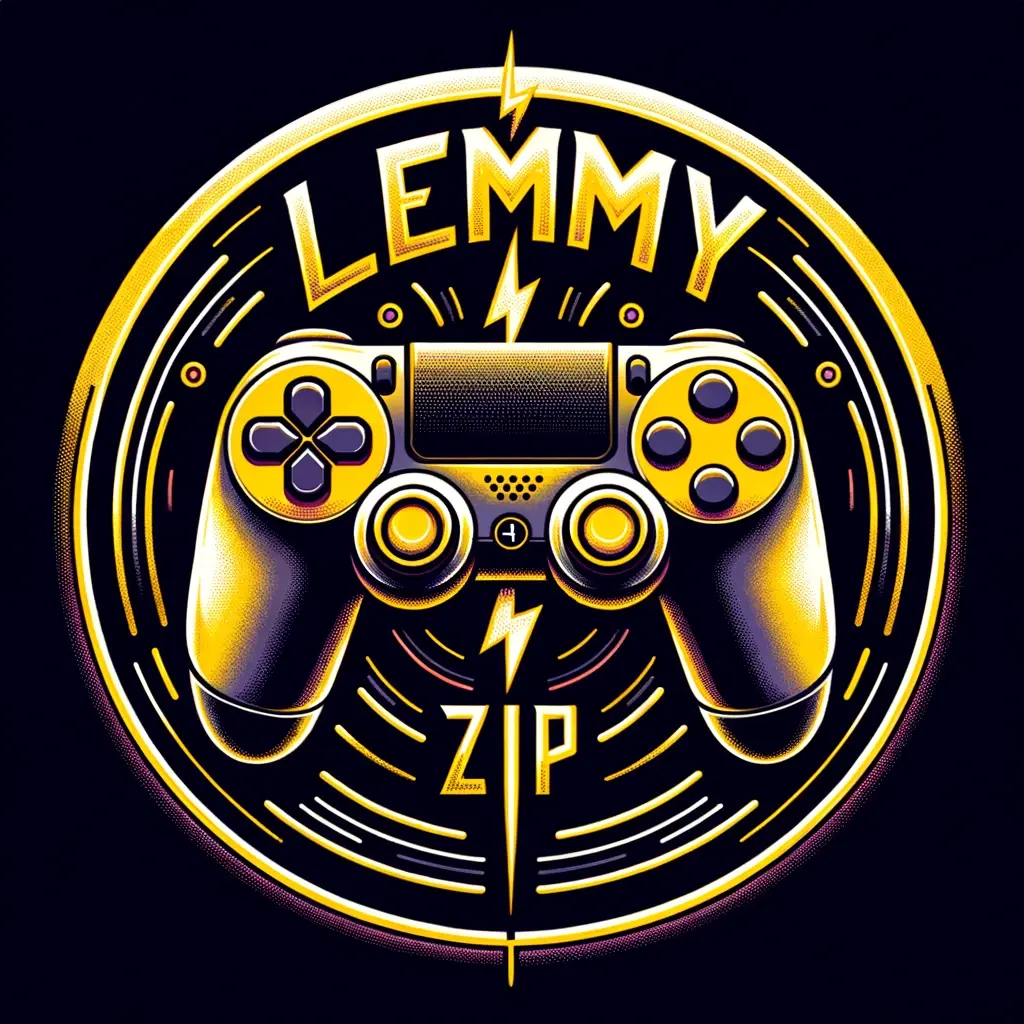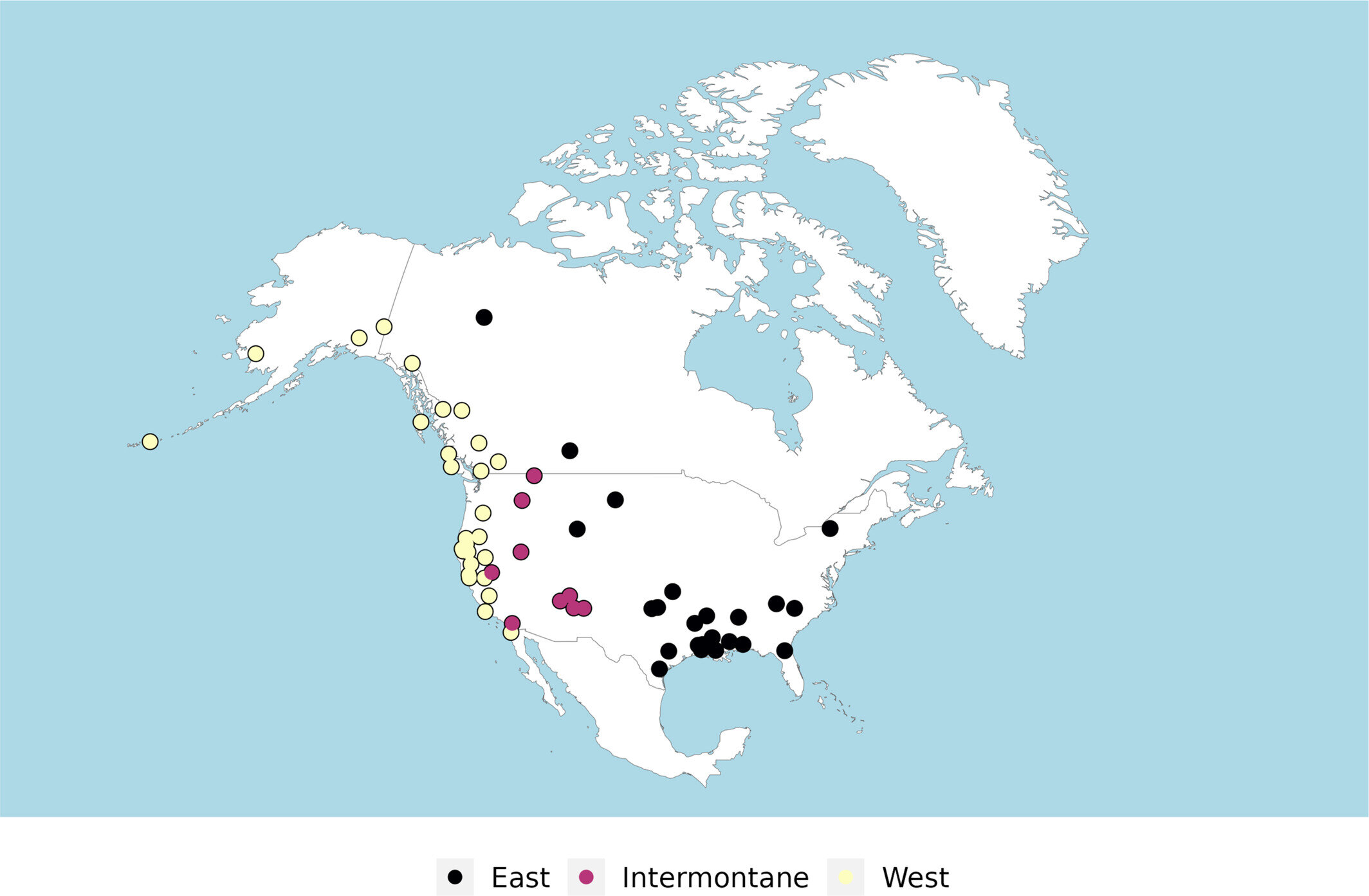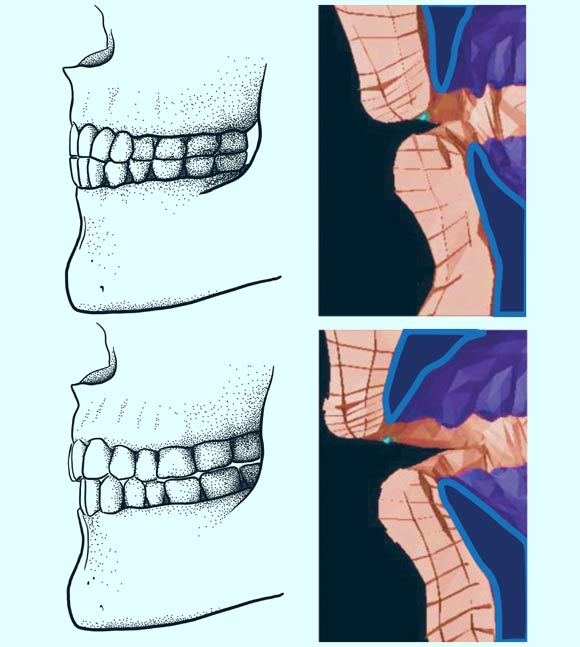
I trust the admins of .ml more than a day old account that was banned instantly for Rule 1 violations after trying to take over a comm.
"I'm gullible towards people in a position of power, once they say that they're communists."
I'm a communist too. (Seriously) Trust me, you should go lick a cactus.
Serious now. You don't even need to trust me, or anyone here. Just pay attention to .ml modlogs and take your own conclusions.
Also, when sharing shit in the dunk tank, remember rule #1.

















"Please don't speak up, let us dogpile you."
The only king here is you. And I happen to have fresh entrails from a priest.